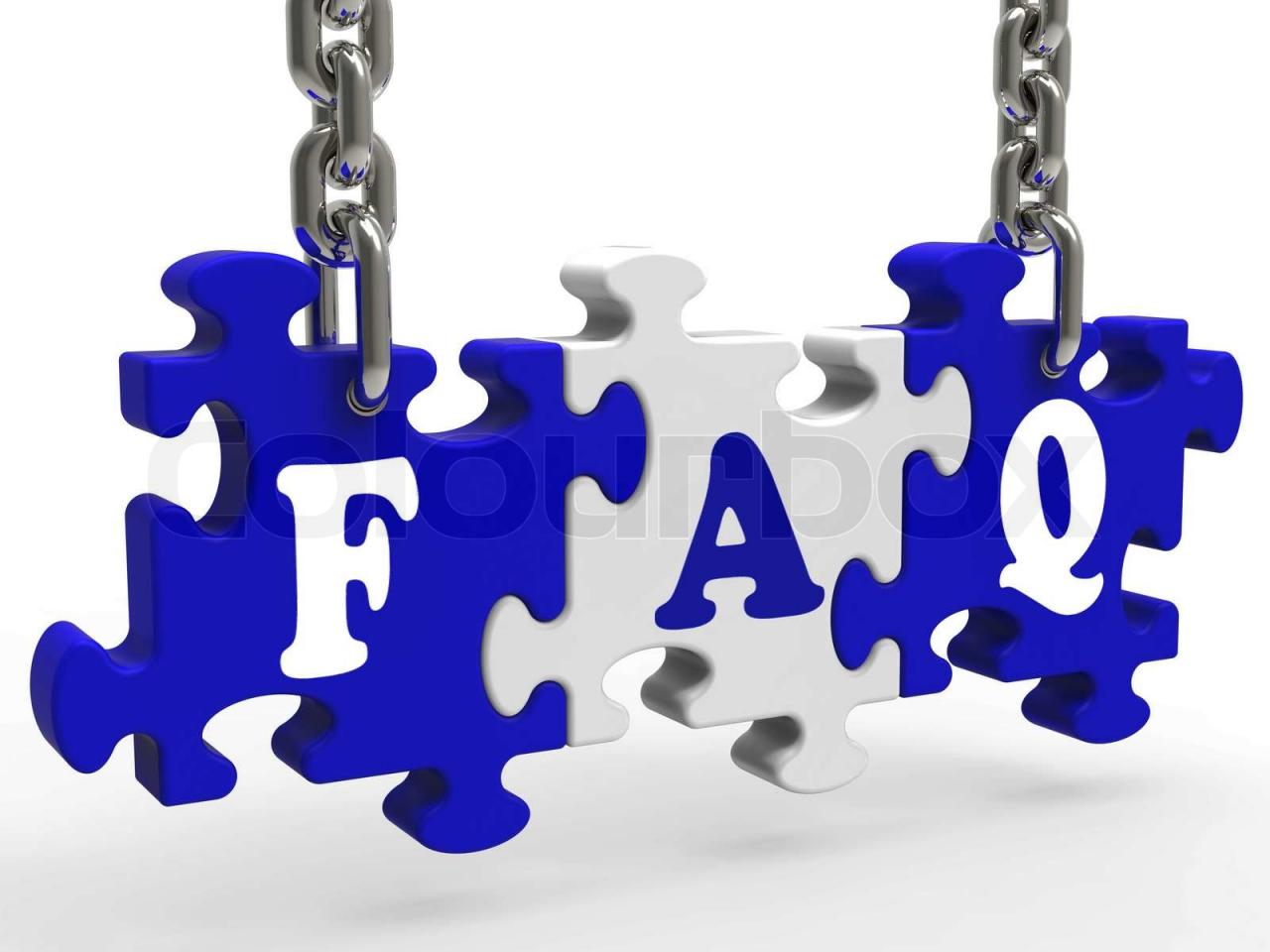
FAQ meaning has become increasingly prominent in today’s digital landscape. This guide delves into the intricacies of FAQs, providing a comprehensive understanding of their structure, content, accessibility, and management.
FAQs, or Frequently Asked Questions, serve as invaluable resources, offering readily accessible answers to common queries. They are commonly employed in various settings, including websites, customer support portals, and documentation.
1. Definition and Overview: Faq Meaning

FAQs (Frequently Asked Questions) are a curated list of questions and their corresponding answers, designed to provide quick and easy access to commonly sought information. They serve as a valuable resource for users seeking answers to frequently encountered queries.
FAQs are often referred to by alternative terms such as Q&As (Questions and Answers) or Knowledge Bases, highlighting their primary purpose of providing information in a question-and-answer format.
FAQs are widely used across various platforms and industries, including websites, software applications, customer support portals, and online forums. They offer a structured and organized approach to presenting information, making it easy for users to find the answers they need.
2. Structure and Organization

FAQs typically follow a well-defined structure to enhance their usability and effectiveness. They are often organized into categories or sections, each addressing a specific topic or area of interest.
The categorization of FAQs can vary depending on the nature of the information being presented. Common methods include grouping questions by topic, product or service, or user persona. This structured approach helps users navigate the FAQs and quickly locate the information they need.
Effective FAQ layouts prioritize clarity and ease of use. They often feature a prominent search bar or filter option to allow users to quickly find specific questions. Additionally, FAQs are often presented in a collapsible or expandable format, allowing users to view only the questions they are interested in.
3. Content and Writing Style
The content of FAQs should be clear, concise, and informative. Each answer should provide a direct and comprehensive response to the corresponding question.
Effective FAQ writing involves using plain and straightforward language, avoiding jargon or technical terms that may be unfamiliar to the target audience. Additionally, FAQs should be written in a conversational tone, engaging the reader and making the information more accessible.
Proper formatting also enhances the readability of FAQs. Using headings, subheadings, and bullet points can help break down information into smaller, more manageable chunks, making it easier for users to scan and locate the answers they need.
Final Summary
In conclusion, FAQs play a pivotal role in enhancing user experience and streamlining communication. By adhering to best practices and leveraging the insights provided in this guide, organizations can effectively harness the power of FAQs to foster informed decision-making and cultivate lasting customer relationships.
Question Bank
What is the primary purpose of FAQs?
FAQs aim to provide quick and convenient access to answers for commonly encountered questions, empowering users to find solutions independently.
How can I ensure my FAQs are effective?
Effective FAQs are characterized by clear and concise language, logical organization, and comprehensive coverage of relevant topics.
What strategies can I employ to maintain and update my FAQs?
Regularly reviewing and updating FAQs is crucial to ensure they remain accurate, relevant, and aligned with evolving user needs.





